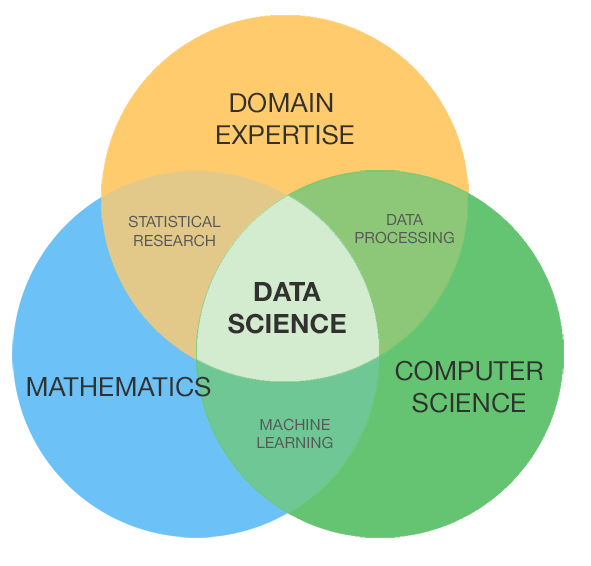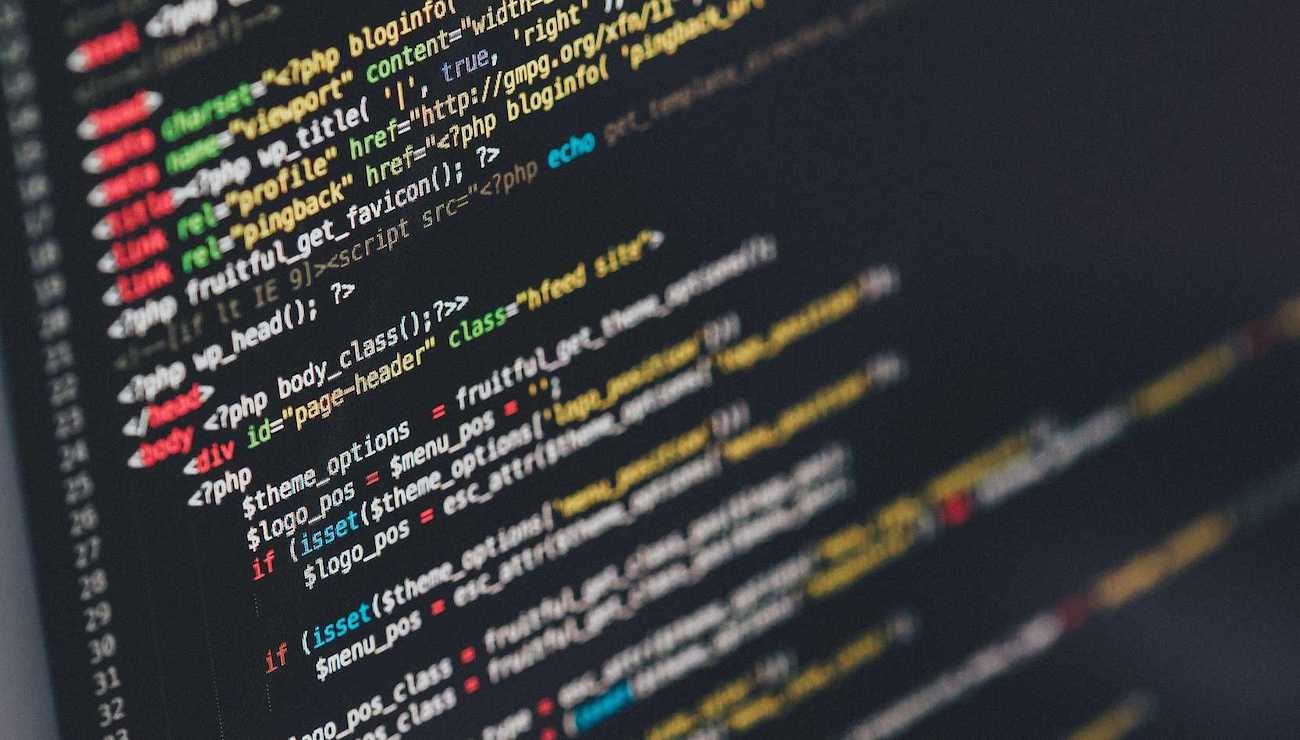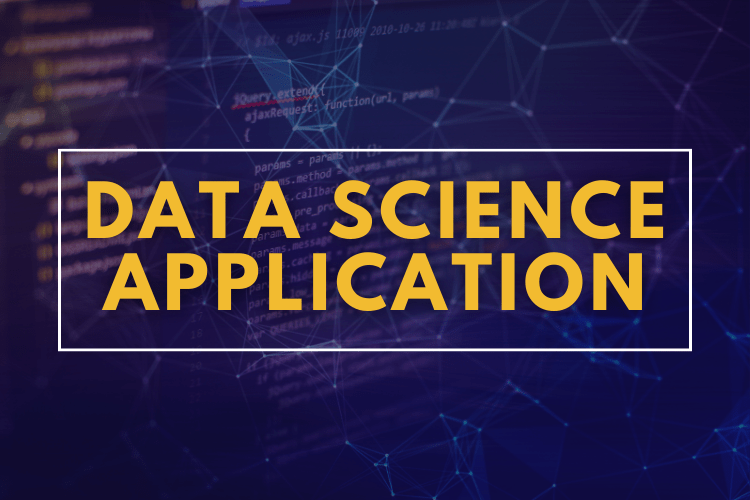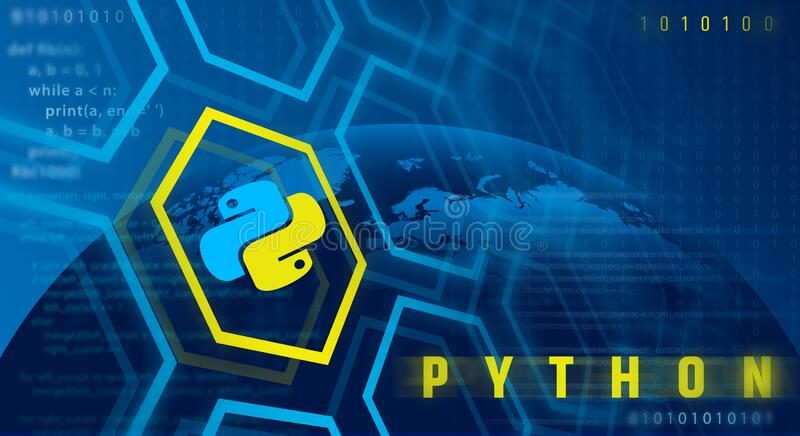Welcome, fellow data wizards! If you’re looking to up your data science game, then you’ve come to the right place. In this post, we’re going to explore the magical world of programming and how it’s the key to unlocking the full potential of data science.
In this blog we’ll discuss why programming is so important, what the major programming languages used in data science are, and we’ll even give you some tips to get started on your journey to mastering these powerful tools.
If data science is a car, then programming is the engine that powers it. Without programming skills, data scientists would be unable to collect, clean, or analyse data. Programming is essential for building and testing machine learning models, as well as visualizing and presenting data insights. In this section, we’ll explore why programming skills are so crucial for success in data science and provide some real-life examples of how programming is used in this field.

Data science can be broken down into three major components: mathematics, programming, and domain expertise. While all three components are essential, programming is particularly important in data science. Programming allows data scientists to collect, manipulate, and analyse large datasets more efficiently and effectively.
Can we do everything we do in data science without any programming? Probably. But it would take a hell of a lot of time – we’re talking months or even years, depending on the size of the data.
Programming makes data science much more efficient and effective. Saving you a lot of time and effort that would otherwise be wasted. With programming, you can manipulate and analyse large datasets with ease, build and test machine learning models. In short, programming is an essential tool in the data scientist’s toolbox that enables them to unlock the full potential of data science and make data-driven decisions with confidence.
Data is at the heart of data science, and collecting and analysing data is one of the primary responsibilities of data scientists. However, dealing with large and complex datasets can be a challenging task that requires specialized skills and tools. Programming skills play a crucial role in this process by enabling data scientists to collect, clean, and analyse data more efficiently and effectively.

programming skills are necessary for collecting data from various sources. For example, web scraping, which involves automatically extracting data from websites, is a common technique used to collect data for analysis. This requires knowledge of programming languages such as Python, which offers powerful libraries for web scraping and other data collection tasks.
It is essential for data cleaning, a process that involves identifying and correcting errors, inconsistencies, and missing data in a dataset. Data cleaning is a critical step in data analysis, as it ensures the accuracy and reliability of the data. Programming languages such as Python and R offer powerful libraries and tools for data cleaning tasks, making it easier and more efficient for data scientists to clean large datasets.
Data analysis tasks such as building and testing machine learning models, visualizing data insights, and generating reports. Programming languages such as Python, R, and SQL offer powerful libraries and tools for these tasks. Enabling data scientists to perform complex analyses and generate insights quickly and accurately.
In summary, programming skills are an essential component of data science that enables data scientists to collect, clean, and analyse data more efficiently and effectively. Without programming skills, dealing with large and complex datasets would be an incredibly time-consuming and challenging task. By mastering programming languages and tools, data scientists can unlock the power of data and generate valuable insights that can drive business decisions and improve outcomes.
Alright, let’s dive into a real-life example of data science to see where programming comes into the picture and why it’s important.

Social media platforms generate massive amounts of data every day, and analysing this data can provide valuable insights into user behaviour, sentiment, and preferences. However, social media data is often unstructured and messy, making it difficult to analyse using traditional methods.
To analyse social media data effectively, data scientists often use programming languages such as Python and R to collect and process the data. This may involve using APIs to access data from social media platforms, cleaning and transforming the data using data wrangling techniques, and performing statistical analysis or machine learning on the data.
For example, a data scientist might use programming skills to analyse Twitter data during a presidential election campaign. By collecting and analysing data on tweet volume, sentiment, and user demographics, they could gain insights into how different candidates are perceived by the public and how these perceptions change over time. This information could be used by political campaigns to tailor their messaging and target their advertising more effectively.
Here are the regions in the above example where programming is very important:
Social media platforms generate massive amounts of data every day, and to collect and process this data effectively, data scientists often use programming languages such as Python and R to collect data using APIs.
Social media data is often unstructured and messy, making it difficult to analyse using traditional methods. Data scientists often use programming skills to clean and transform the data using data wrangling techniques to prepare it for analysis.
Social media data can be analysed using statistical analysis or machine learning techniques to gain insights into user behaviour, sentiment, and preferences. Data scientists often use programming languages like Python or R to perform these analyses.
Conclusion, you need programming you are into data science.
Now, let’s take a look at some of the most widely used programming languages in the field of data science and discuss their pros and cons.

extensive libraries for data analysis (e.g. pandas, NumPy, scikit-learn), excellent for web development, good for big data processing using tools like Apache Spark
3. SQL for Data Science
By understanding the pros and cons of each language and their unique features, data scientists can choose the best language for their specific project and make the most of their programming skills in data science.
Here are some tips for you to get started to learn a programming language for data science:
By following these tips, beginners can learn programming for data science and become proficient in this field. Remember that it takes time and practice to become proficient in programming, so be patient and persistent in your learning journey.
In conclusion, programming is an essential part of data science that enables data scientists to collect, clean, and analyse large amounts of data. We have discussed the importance of programming skills in data science, provided real-life examples of how programming skills are used in data science, and highlighted the most commonly used programming languages in this field, along with their pros and cons. We have also provided some useful tips for beginners who want to learn programming for data science, along with some online resources and courses to help you get started. With consistent practice and learning, anyone can become proficient in programming for data science and excel in this exciting and dynamic field.
I have also got some exciting news for you guys. If you want to become a data science pro, you can check out our live courses at 1StepGrow. We offer comprehensive courses that cover everything from the basics to advanced topics, and we make sure that you are job-ready in no time. So why wait? Sign up today and take the first step towards your dream career in data science, that’s a wrap! thank you.
We provide online certification in Data Science and AI, Digital Marketing, Data Analytics with a job guarantee program. For more information, contact us today!
Courses
1stepGrow
Terms
Anaconda | Jupyter Notebook | Git & GitHub (Version Control Systems) | Python Programming Language | R Programming Langauage | Linear Algebra & Statistics | ANOVA | Hypothesis Testing | Machine Learning | Data Cleaning | Data Wrangling | Feature Engineering | Exploratory Data Analytics (EDA) | ML Algorithms | Linear Regression | Logistic Regression | Decision Tree | Random Forest | Bagging & Boosting | PCA | SVM | Time Series Analysis | Natural Language Processing (NLP) | NLTK | Deep Learning | Neural Networks | Computer Vision | Reinforcement Learning | ANN | CNN | RNN | LSTM | Facebook Prophet | SQL | MongoDB | Advance Excel for Data Science | BI Tools | Tableau | Power BI | Big Data | Hadoop | Apache Spark | Azure Datalake | Cloud Deployment | AWS | GCP | AGILE & SCRUM | Data Science Capstone Projects | ML Capstone Projects | AI Capstone Projects | Domain Training | Business Analytics
WordPress | Elementor | On-Page SEO | Off-Page SEO | Technical SEO | Content SEO | SEM | PPC | Social Media Marketing | Email Marketing | Inbound Marketing | Web Analytics | Facebook Marketing | Mobile App Marketing | Content Marketing | YouTube Marketing | Google My Business (GMB) | CRM | Affiliate Marketing | Influencer Marketing | WordPress Website Development | AI in Digital Marketing | Portfolio Creation for Digital Marketing profile | Digital Marketing Capstone Projects
Jupyter Notebook | Git & GitHub | Python | Linear Algebra & Statistics | ANOVA | Hypothesis Testing | Machine Learning | Data Cleaning | Data Wrangling | Feature Engineering | Exploratory Data Analytics (EDA) | ML Algorithms | Linear Regression | Logistic Regression | Decision Tree | Random Forest | Bagging & Boosting | PCA | SVM | Time Series Analysis | Natural Language Processing (NLP) | NLTK | SQL | MongoDB | Advance Excel for Data Science | Alteryx | BI Tools | Tableau | Power BI | Big Data | Hadoop | Apache Spark | Azure Datalake | Cloud Deployment | AWS | GCP | AGILE & SCRUM | Data Analytics Capstone Projects
Bangalore:
Anjanapura | Arekere | Basavanagudi | Basaveshwara Nagar | Begur | Bellandur | Bommanahalli | Bommasandra | BTM Layout | CV Raman Nagar | Electronic City | Girinagar | Gottigere | Hebbal | Hoodi | HSR Layout | Hulimavu | Indira Nagar | Jalahalli | Jayanagar | J. P. Nagar | Kamakshipalya | Kalyan Nagar | Kammanahalli | Kengeri | Koramangala | Kothnur | Krishnarajapuram | Kumaraswamy Layout | Lingarajapuram | Mahadevapura | Mahalakshmi Layout | Malleshwaram | Marathahalli | Mathikere | Nagarbhavi | Nandini Layout | Nayandahalli | Padmanabhanagar | Peenya | Pete Area | Rajaji Nagar | Rajarajeshwari Nagar | Ramamurthy Nagar | R. T. Nagar | Sadashivanagar | Seshadripuram | Shivajinagar | Ulsoor | Uttarahalli | Varthur | Vasanth Nagar | Vidyaranyapura | Vijayanagar | White Field | Yelahanka | Yeshwanthpur
Other Top Cities:
Mumbai | Pune | Nagpur | Delhi | Gurugram | Chennai | Hyderabad | Coimbatore | Bhubaneswar | Kolkata | Indore | Jaipur and More